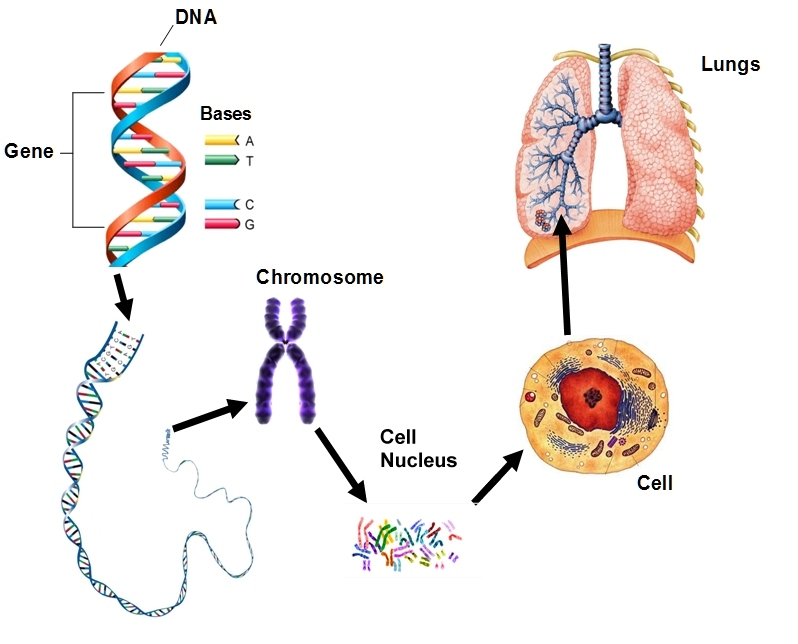Epigenetics - your genes are not your fate
On Monday 8 October 2012 Sir John Gurdon FRS was awarded the Nobel Prize in Medicine or Physiology for his research at Oxford in the 1950s where in his first paper published in 1962, he demonstrated that every cell of a body carries all the genes necessary for creating an entire individual. His research also indicated that specialised cells such as brain cells for example, had not lost any genes they no longer required but had switched them off. It took a further ten years before others accepted the results because they were so revolutionary. Gurdon's discovery is consistent with Conrad Waddington's epigenetic landscape which he presented in 1957 to exemplify developmental biology concepts. According to Waddington's work any cell in the body can be reset using genetic switches to become a generalised stem cell capable of re-developing as a specialised tissue known as a 'pluripotent' stem cell. The concept of epigenetics grew from these early and fundamental discoveries to become the important topic that it is today.
The relationship between DNA, genes, chromosomes, cells and tissue

Epigenetics indicates that our genes do not necessarily determine our fate. It is certainly true that if we are blue-eyed we are not suddenly going to become brown-eyed, but a large number of genes are malleable, that is they can be switched on and up regulated or down regulated or switched off for example. The way their particular function manifests itself can vary according to the conditions affecting the cell. What's more, they may not be 'switched on' all the time. Many genes sit quietly, doing nothing very much, until their particular function is needed - or until something happens in the body to switch them on. In recent years, scientists have been studying the interactions between our genes and other factors. This study of epigenetics which literally means beyond or around genetics is a relatively new and rapidly growing science that has important things to tell us about chronic diseases such as cancer. According to a new book by Djamgoz and Plant (in press, September 2013) one way to think of epigenetics is to imagine genes as a string of lights. We used to think that disease such as cancer, diabetes or multiple sclerosis happened when one or more lights was damaged or when something went wrong with the order they were arranged in: their sequence. Epigenetics suggests instead that some of the lights are turned up (up regulated genes) or turned down (down regulated genes) or switched on or switched off, or perhaps have shades over them damping down gene expression. Some of the factors that are key to determining gene expression are diet, stress and strain, exercise and exposure to harmful substances. This means that we can switch on good genes and switch off bad genes in our own lifetime by improving our diet and lifestyle with a view to improving our own longevity, health and ultimately our happiness. In essence it demonstrates that we have the ability to interact (both positively and negatively) with our own genome in our lifetime and control the expression of many of our genes inherited from our fore-bears (Carey, 2012).
As with any revolutionary topic, it takes significant time for such concepts to become more widely accepted and understood, take root and become a significant component of current professional, scientific and technical practice. The realisation that it has taken fifty years for the impact of John Gurdon's initial revolutionary work to be recognised and rewarded with a Nobel Prize is itself indicative of this systemic delay in the publicising and implementation of new discoveries with global implications for human health. Orthodox medicine is necessarily a highly conservative profession and it may take years before doctors put epigenetic findings into practice.
Reference: Nessa Carey, The Epigenetics Revolution - How Modern Biology is Rewriting our Understanding of Genetics, Disease and Inheritance, iconbooks.co.uk., 2012. 339 pages.